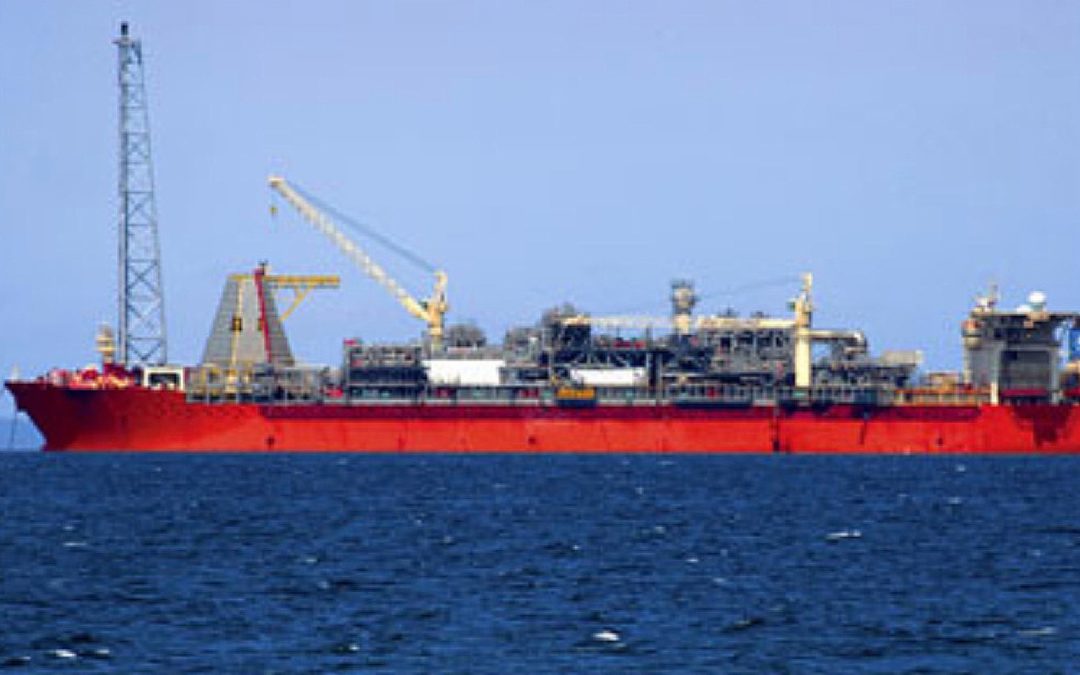SOURCE: The Guardian
DATE: November 20, 2018
SNIP: Biologists are attempting to assess damage to vulnerable wildlife caused by Newfoundland’s largest-ever oil spill, amid fears that the full scale of devastation may never be known.
Intense storms battered offshore oil production areas late last week, with waves cresting as high as 28ft. On Friday, the SeaRose tanker attempted to restart production, but a faulty connection line pumped an estimated 250,000 litres of oil into the ocean.
Rough seas prevented crews from determining the full extent of the spill and hampered any attempt to contain it. The SeaRose remains shut down as Canadian regulators begin to investigate the incident.
“This is perhaps the worst time of year for an oil spill to occur with respect to seabirds,” said Gail Fraser, a biologist who specializes in maritime seabirds. “There are literally millions of [them] that move down from the Arctic. They’re there in really high densities and they are highly vulnerable to even small amounts of oil pollution.”
Two species of seabirds, murres and dovekies, spend winters far offshore and are incredibly vulnerable to the cold temperatures, said Fraser, adding that oil allows cold water to penetrate the birds’ thick plumage and induce hypothermia.
The last spill in the region, nearly 14 years ago to the day, resulted in the deaths of between 10,000 and 12,000 seabirds, Fraser said. But because the birds are so small and the affected areas are offshore, death tolls are difficult to calculate accurately.
Seabirds reproduce slowly, have few offspring and live for many years. “So when you kill 10,000 seabirds, that can have a significant and long-lasting impact on the population,” said Fraser.

